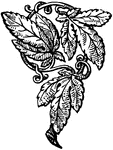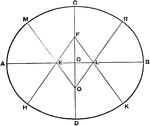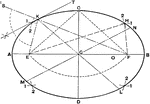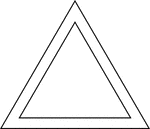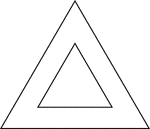
Diver
Tangrams, invented by the Chinese, are used to develop geometric thinking and spatial sense. Seven figures…

Diver
Tangrams, invented by the Chinese, are used to develop geometric thinking and spatial sense. Seven figures…

Diver
Tangrams, invented by the Chinese, are used to develop geometric thinking and spatial sense. Seven figures…
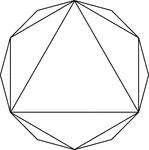
Hexagon And Triangle Inscribed In A Dodecagon
Illustration of a regular hexagon and an equilateral triangle inscribed in a regular dodecagon. This…

Dog
Tangrams, invented by the Chinese, are used to develop geometric thinking and spatial sense. Seven figures…
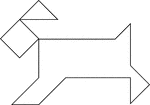
Dog
Tangrams, invented by the Chinese, are used to develop geometric thinking and spatial sense. Seven figures…
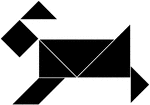
Dog
Tangrams, invented by the Chinese, are used to develop geometric thinking and spatial sense. Seven figures…
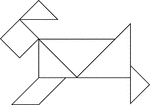
Dog
Tangrams, invented by the Chinese, are used to develop geometric thinking and spatial sense. Seven figures…

Dolphin
Tangrams, invented by the Chinese, are used to develop geometric thinking and spatial sense. Seven figures…

Dolphin
Tangrams, invented by the Chinese, are used to develop geometric thinking and spatial sense. Seven figures…

Dolphin
Tangrams, invented by the Chinese, are used to develop geometric thinking and spatial sense. Seven figures…

Dolphin
Tangrams, invented by the Chinese, are used to develop geometric thinking and spatial sense. Seven figures…
Double Arch
Tangrams, invented by the Chinese, are used to develop geometric thinking and spatial sense. Seven figures…
Double Arch
Tangrams, invented by the Chinese, are used to develop geometric thinking and spatial sense. Seven figures…
Double Arch
Tangrams, invented by the Chinese, are used to develop geometric thinking and spatial sense. Seven figures…
Double Arch
Tangrams, invented by the Chinese, are used to develop geometric thinking and spatial sense. Seven figures…

Double Arrow
Tangrams, invented by the Chinese, are used to develop geometric thinking and spatial sense. Seven figures…

Double Arrow
Tangrams, invented by the Chinese, are used to develop geometric thinking and spatial sense. Seven figures…

Double Arrow
Tangrams, invented by the Chinese, are used to develop geometric thinking and spatial sense. Seven figures…

Double Arrow
Tangrams, invented by the Chinese, are used to develop geometric thinking and spatial sense. Seven figures…
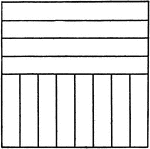
Drawing Exercise for T-square, Triangle, and Scale
"Through the center of the space draw a horizontal and a vertical line, measuring on these lines as…

Drawing Maltese Cross using T-square, Spacers, and Triangles
"Draw three-inch square and one-inch square. From the corners of inner square draw lines to outer square…
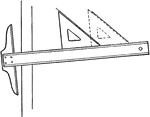
Drawing Parallel Lines Using T-square and Triangle
Parallel lines are drawn by holding the triangle against the T-square at an angle, or another triangle,…
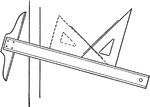
Drawing Perpendicular Lines Using T-square and Triangle
Perpendicular lines are drawn by fitting the hypothenuse of the triangle to the T-square at an angle,…
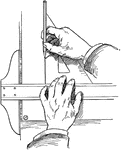
Drawing Vertical Lines Using a T-square and a Triangle
When drawing vertical lines, the blade of the T-square is held with the thumb while the fingers adjusting…

Duck
Tangrams, invented by the Chinese, are used to develop geometric thinking and spatial sense. Seven figures…

Duck
Tangrams, invented by the Chinese, are used to develop geometric thinking and spatial sense. Seven figures…

Duck
Tangrams, invented by the Chinese, are used to develop geometric thinking and spatial sense. Seven figures…

Duck
Tangrams, invented by the Chinese, are used to develop geometric thinking and spatial sense. Seven figures…
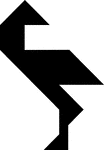
Egret Facing Backward
Tangrams, invented by the Chinese, are used to develop geometric thinking and spatial sense. Seven figures…
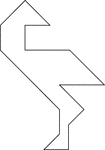
Egret Facing Backward
Tangrams, invented by the Chinese, are used to develop geometric thinking and spatial sense. Seven figures…
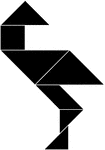
Egret Facing Backward
Tangrams, invented by the Chinese, are used to develop geometric thinking and spatial sense. Seven figures…
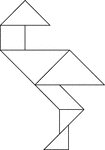
Egret Facing Backward
Tangrams, invented by the Chinese, are used to develop geometric thinking and spatial sense. Seven figures…

Egret Facing Forward
Tangrams, invented by the Chinese, are used to develop geometric thinking and spatial sense. Seven figures…

Egret Facing Forward
Tangrams, invented by the Chinese, are used to develop geometric thinking and spatial sense. Seven figures…

Egret Facing Forward
Tangrams, invented by the Chinese, are used to develop geometric thinking and spatial sense. Seven figures…

Egret Facing Forward
Tangrams, invented by the Chinese, are used to develop geometric thinking and spatial sense. Seven figures…
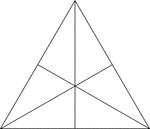
Centers of Equilateral Triangle
Illustration of an equilateral triangle that shows both the centroid (where the medians of the sides…

Construction Of Equilateral Triangle
Illustration used to show how to construct an equilateral triangle, with a given line as a side.

10 Congruent Rotated Equilateral Triangles
Illustration of 10 congruent equilateral triangles that have the same center. Each triangle has been…
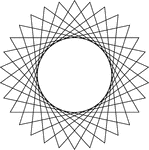
10 Congruent Rotated Equilateral Triangles
Illustration of 10 congruent equilateral triangles that have the same center. Each triangle has been…
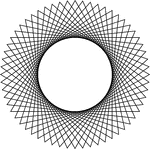
20 Congruent Rotated Equilateral Triangles
Illustration of 20 congruent equilateral triangles that have the same center. Each triangle has been…
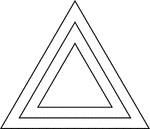
3 Concentric Equilateral Triangles
Illustration of 3 concentric equilateral triangles that are equally spaced.
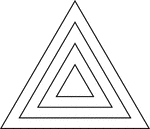
4 Concentric Equilateral Triangles
Illustration of 4 concentric equilateral triangles that are equally spaced.
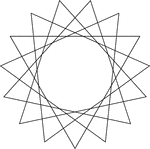
5 Congruent Rotated Equilateral Triangles
Illustration of 5 congruent equilateral triangles that have the same center. Each triangle has been…
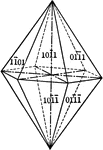
Pyramid of the first order
"This form consists of twelve isoceles triangular faces, each of which intersects two of the horizontal…

Fisherman
Tangrams, invented by the Chinese, are used to develop geometric thinking and spatial sense. Seven figures…

Fisherman
Tangrams, invented by the Chinese, are used to develop geometric thinking and spatial sense. Seven figures…

Fisherman
Tangrams, invented by the Chinese, are used to develop geometric thinking and spatial sense. Seven figures…

Fisherman
Tangrams, invented by the Chinese, are used to develop geometric thinking and spatial sense. Seven figures…
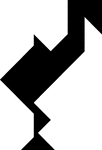
Flamingo
Tangrams, invented by the Chinese, are used to develop geometric thinking and spatial sense. Seven figures…

Flamingo
Tangrams, invented by the Chinese, are used to develop geometric thinking and spatial sense. Seven figures…
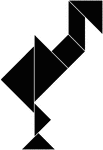
Flamingo
Tangrams, invented by the Chinese, are used to develop geometric thinking and spatial sense. Seven figures…
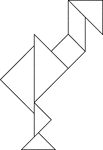
Flamingo
Tangrams, invented by the Chinese, are used to develop geometric thinking and spatial sense. Seven figures…
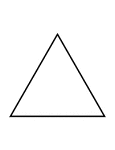
Flashcard of a polygon with three equal sides
A flashcard featuring an illustration of a polygon with three equal sides
